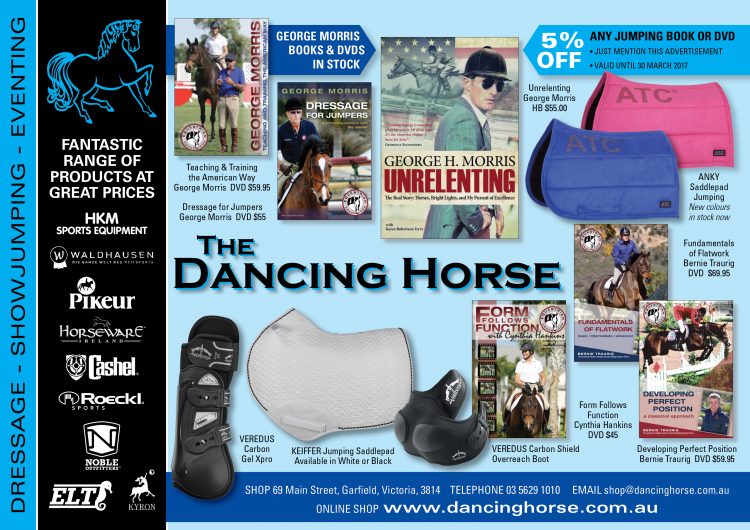Who's Who
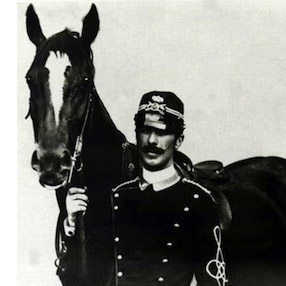
Caprilli, Federigo
Born : 1868
Died : 1907
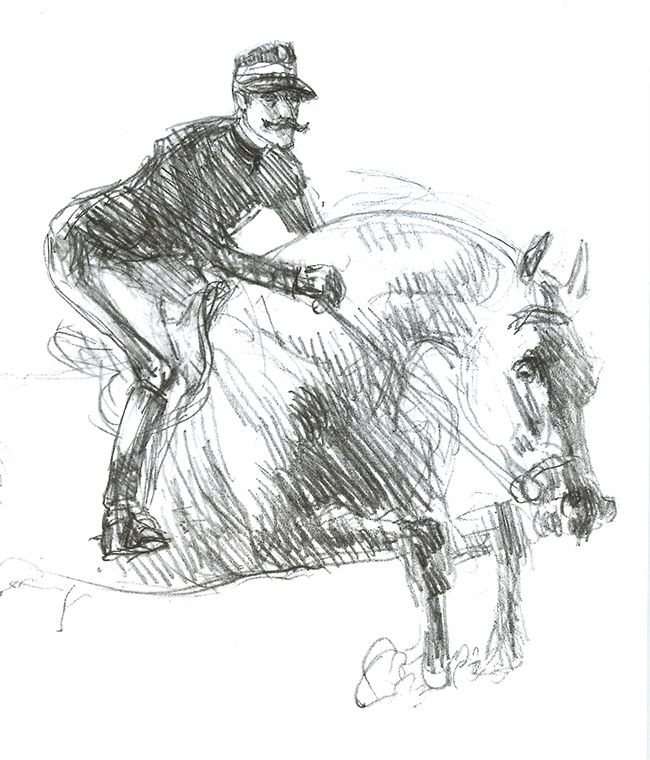
One of the great advocates of the Caprilli system, was the Russian Cavalry Captain, Vladimir S Littauer.
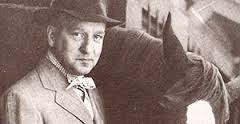
Littauer migrated to the USA in the early 1920’s and established the Boots and Saddles Riding School in New York. Between 1930 and 1973, Littauer wrote over a dozen books. He retired in the 1970’s and died at the age of 96 in 1989. His wonderful book, Horseman’s Progress has long been out of print (my copy was withdrawn from the Newton Free Library in 1962 before making its way to the second hand market) so I feel comfortable quoting a whole chunk of this fine work, and making his wisdom available to another generation of equestrian scholars.
From Horseman’s Progress, 1962, pages 182 – 191
Captain Caprilli was born in 1868 and died only thirty-nine years later. He began to work on his completely new method of riding for the cavalry in about 1897. After several years’ struggle with the old-fashioned army brass, Caprilli finally won out, and from 1904 on he was teaching and experimenting in the Italian Cavalry School at Pinerolo. A year or so later his method was adopted by the Italian cavalry.”
Because his theories were based on the natural mechanics of the horse’s movements, he obviously had to spend a great deal of time observing free horses in motion, and he found many different ways to do this. For instance:
His most original combination of duty and play was the fitting to the back of his favorite mare – his inseparable companion in experiments – of a straw-stuffed dummy of the kind used in all armies for sabre or bayonet practice. Left to her own devices in the Tor eli Quinto stable yard with his life-size puppet on her back, the mare entered wholeheartedly into the spirit of a game of tag with the captain’s troopers, while Caprilli studied her movements in her efforts to escape the encircling soldiers, and the mannikin’s reaction thereto.”
(THE FORWARD IMPULSE by Captain Piero Santini, originally published in 1936. Quotations are from Country Life, Ltd. edition, 1951, London.)
Caprilli, furthermore, was an even greater student of the horse’s psychology, as is evident throughout the few pages he wrote. Caprilli’s biographers usually intimate that he was a gay blade but a poor student in school. The latter evidently indicated an aversion for the printed word because, unfortunately for us, he wrote very little – a few articles which total only seventeen single-spaced typewritten pages.
These were published in 1901 in the cavalry journal, the Rivista di Cavalleria, under the title, “Principi eli Equitazione eli Campagna,” “Principles of Cross-country Equitation.”
In substance these articles combine a presentation of the fundamental principles of his method with arguments against the existing army method. They are not well constructed, but are rambling, repetitious and much too brief. All that Caprilli said, was to be said much better and more profoundly later on; yet these writings comprise an historical document of great importance. I shall quote the paragraphs which seem to me to be the most significant.
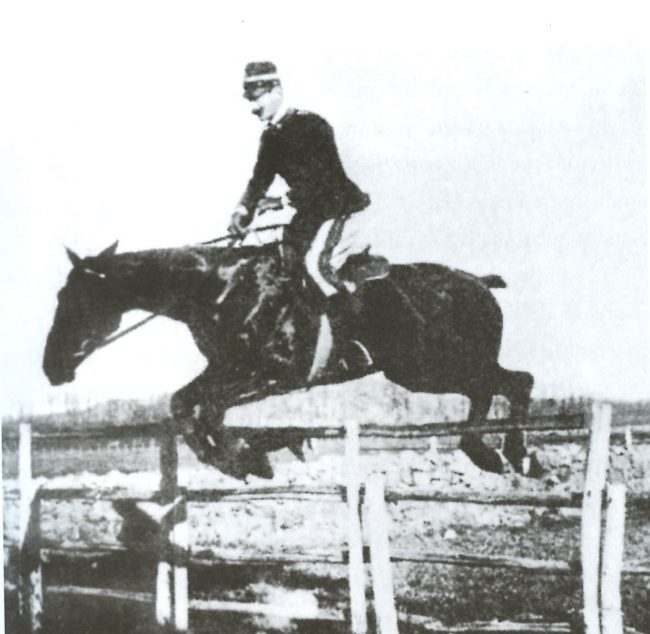
They may not bring you any new ideas; you may have heard them all before; and many of you probably have never ridden in any other way than that herein recommended – perhaps without knowing where and how it all started. This, however, is the first tentative formulation of Forward Riding:
“The military horse must be essentially accustomed to the field, since it is here that the cavalry must perform in war – uneven and varying terrain should be as familiar to the rider as it is to the horse…
“I call a field horse a horse that is of good disposition, calm and confident in the rider, fast and strong, accustomed to galloping for long periods over any kind of terrain, calm and alert in difficulty…
“Long years of practice and of continual observation have convinced me that the horse acquires these qualities without effort provided that the rider subjects him to rational and un-interrupted training, throughout which he tries to make his own actions the least disturbing that he can to the horse, and tries not to impede him in the natural development of his aptitudes and energies… By this I do not mean to say that one should let the horse do as he pleases; one should, instead, if necessary persuade him with firmness and energy to do the rider’s will, while leaving him full liberty to avail himself of and to use as best it suits him his balance and his strength. From this fundamental and unchanging principle stem all the practical rules of equitation with which I shall deal…
” … the first rule of good riding is that of reducing, simplifying and sometimes, if possible, even eliminating the action of the rider. If the hands are used to turn and check a horse, and the legs to make him move forward and to give him resolution and decisiveness this is enough…
“If natural work is required of a horse [field work] and not artificial [manege work] he will be better able to make use of his impulses, instincts and his natural balance…
“… the horse who has rational exercise, during which he is allowed to balance himself as he pleases, not being punished with needless suffering, develops in the most efficient fashion, with great advantage to his way of carrying himself, and becomes docile and submissive to the wishes of the rider.
” … in order to accustom horses to the field without ruining them and making them bad-tempered, one must always profit by the natural instincts of the animal substantiating his movements and way of going, and one must give him the least possible discomfort in the mouth, loins and ribs. One must abolish the forced position of balance, and any action of the horse’s legs beyond that which is essential to move him forward.
“In consequence, we shall have no more riders who ruin horses by trying to undertake work that they are not fit to ask of a horse, and that, even if well done and properly asked, not only is of no advantage but is actually harmful to the true work the horse should perform.”
In his treatment of jumping Caprilli was the first to appreciate the horse’s natural physical efforts and the importance of not interfering with them. He also realized that a horse who is not apprehensive of his rider over the jump will be in a much better frame of mind for doing the job. All in all, in the following few paragraphs Caprilli said more pertinent things about jumping than had all the horsemen of the past put together.
“The jump is the one action of a horse in which he changes his balance and his attitude most markedly, and many times in the space of a few seconds. One should therefore require of the rider a certain tact and firmness in the saddle in order to second the horse and not disturb him with the hands and weight of the body.
“It is necessary that a horse approaching the obstacle should learn not to fear the action of the rider and that he should be persuaded that the rider will always give him the freedom to jump and will not interfere or hurt him to no purpose. Under contrary circumstances the horse, instead of paying attention to doing his work well, will concentrate on avoiding pain.
“In order that the horse may acquire a habit of confidence in his rider and not fear his actions, it is preferable to exercise the horse mounted rather than on a lunge, that is if one is sure of riding properly. ”
“… the rider will try above all to develop the eye; by eye I mean the ability of the horse to choose with precision and assurance the moment of the take-off. This, to me, is the most important quality one can require of a jumper and a quality partly natural and partly acquired. The horse acquires it, indeed, with long practise over obstacles gradually raised, but never too high, in which the rider leaves him free and completely on his own, approaching the obstacle at a moderate pace …
“To assist the horse, as some riders would like to do, on the jump is a very difficult thing to do at the proper time, and even if it is properly timed, it still produces, to my way of thinking, a bad result. It may indeed happen that the horse, in fear of this help, will rush the last stride and seriously endanger the performance. The good jumper does not want help at the jump, because he already knows, looking at the obstacle, how much strength he will need to negotiate it without the exertion of any superfluous pressure: mediocre and inexperienced jumpers can be improved by means of rational and continued practice, and not by the use of help or other forcible methods. Sometimes, in exceptional cases, help may be useful during the last two or three seconds of the gallop and at the moment when the horse is about to take off, if he shows signs of holding back his strength by a moment of hesitation. However, one must always be very careful and use the aids only in an opportune manner.”
In order to clarify the order of historical events, I shall quote a few paragraphs in which Caprilli criticizes the Italian army method of the period preceding his reform. This is, I think, necessary, because there are those who claim that Caprilli’s work was begun by Cesare Paderno, one of Caprilli’s predecessors in the cavalry school. Paderno, by education a High School rider, was evidently, like Fillis, aware of the importance of cross-country riding for the army. And, judging from the following remarks of Caprilli, he persuaded the Italian cavalry of the necessity of training in open country. But he obviously did not offer anything radically new, beyond those simplifications of manege principles usual in the period.
“I readily admit that in recent times a strong current in a new direction is to be noticed in our army, but the means used to implement it remain insufficient and conflicting.
”I marvel that with this goal understood and admitted, i.e., that field riding should be the ultimate aim of the cavalry, they continue to want to teach a soldier a type of equitation whose principles are diametrically opposed to those of that which must be called the school of field riding itself, and while they consider the latter a necessary corollary, they still consider it no more than a necessary corollary to manege equitation.
“It seems to me that our rules do not present with sufficient clarity the ideas and principles that I have just pointed out; wishing to conserve too many precepts of a refined and by now antiquated equitation, they do not give enough of what, since it is more consistent with actual needs, I would call modern equitation. What follows is therefore an inevitable mixture of old and new, with a prevalence of the former over the latter.
“Things cannot go on in this manner. In fact manege riding presents such difficulties and so many demands, such fine tact in practice that it is impossible that a soldier, considering the brevity of his enlistment and the variety of his other instruction, should succeed in learning its principles and applying them properly. ”
“…. a horse ‘in hand’ in the manege is not a horse ‘in hand’ in the field; instead he will often be out of hand precisely in those places where the soldier must be complete master of his horse .”
On the basis of the principles quoted above, Caprilli constructed a complete method of riding – that is, a method consisting of three integral parts: schooling, controlling, and sitting a horse. Many people today fail to appreciate this, and believe that all Caprilli did was to invent the Forward Seat.
The seat is really only a part of the method, which is dedicated primarily to schooling and controlling the horse on the basis of his natural balance and his natural way of going; the Forward Seat merely unites the rider with a horse that moves naturally. However, since the seat is a relatively mechanical conception, it is easily understood in our mechanical age, while the nature of the horse, both physical and psychological, is much less obvious to anyone but a person who has lived with horses.
Although Caprilli evidently taught the Forward Seat very efficiently, he did not in 190I describe it precisely. The fact that he knew how to teach it is evident, for instance, from the two following paragraphs that he wrote against the standard exercise of manege teaching – riding without stirrups.
“The field rider strengthens his position by practice in the open, because it is there that he learns how he can best regulate his balance for security during various movements and attitudes of the horse; he does not, as generally believed, strengthen it by long exercise without stirrups.
“…Furthermore, the balance of a rider without stirrups is completely different from that which he must have with stirrups; in the end the rider must thoroughly learn the proper use of stirrups, so that he will not periodically bang the back of his horse and so that he can make himself light.”
Caprilli’s notes touched upon all aspects of cross-country riding and I say again that it is a pity that he never wrote later in life, after he had had a chance to experiment with his method on a large scale. Much of his teaching had to be handed down by word of mouth by his pupils, some of whom, in their turn, instructed at the Italian cavalry school.
The absence of a complete and final version of his method in writing led, of course, to various interpretations of his system abroad. How much of Caprilli’s thinking was completely original and how much was borrowed from writings and examples of other horsemen is hard to say. The idea of developing the natural way of going of a horse had already been expressed in the second half of the 18th century by a French cavalry officer, the Baron de Bohan. And many separate points of the Forward Seat had been described one hundred years before Caprilli, by an English riding teacher, John Adams. The great American jockey, Tod Sloan, was riding a version of the forward seat shortly before the advent of the Italian method. And we should not forget that Russian Cossacks, well-known in Europe, and various other horse-raising peoples of the Eurasian steppes had ridden forward for centuries.
The English foxhunter also, although he usually sat badly, at least tried to ride on the principle of free going. None evolved, however, a rounded, educated method of riding across country. There is no question but that this honor belongs to Caprilli and to the Italian Cavalry School of sixty years ago.
The Progress of the Forward Seat.
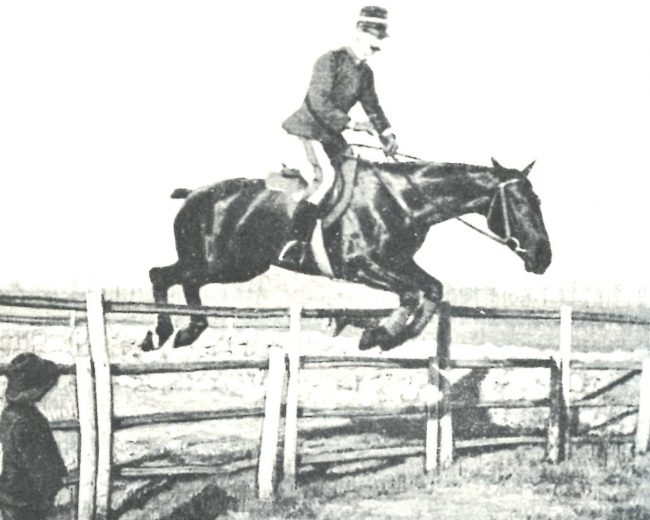
This photo shows Caprilli during his first experiments with the Forward Seat. (From MODERN HORSEMANSHIP, by Colonel Paul Rodzianko, Seeley Service & Co. Ltd., London, n.d.)
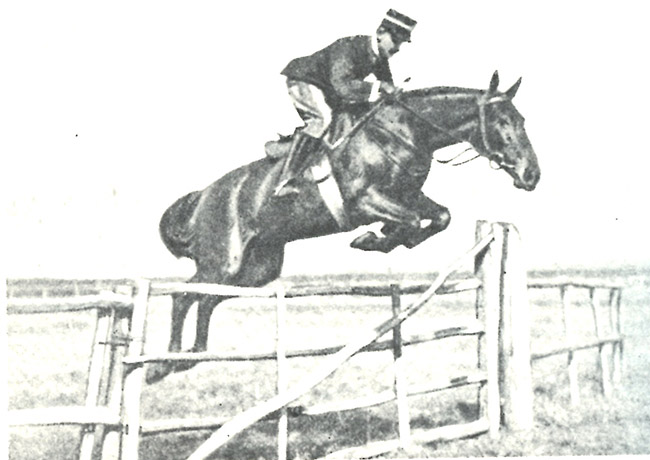
This shows his pupil demonstrating an already more evolved form of it. (From the RUSSIAN CAVALRY MESSENGER, 1906.) Both pictures were taken before 1906.
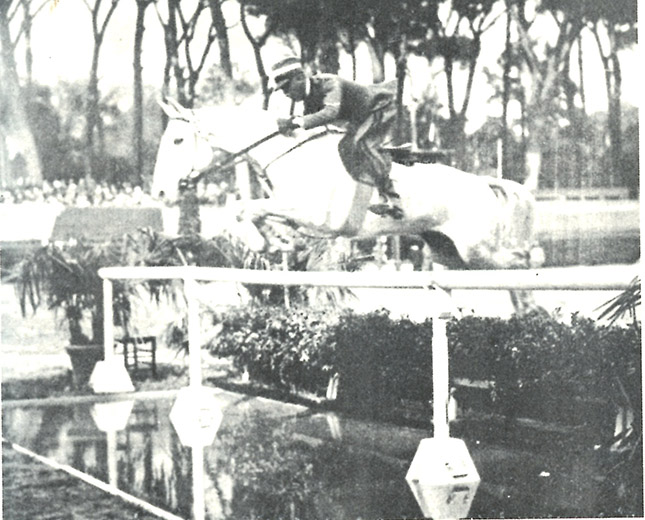
Above taken a score or so of years later, shows an Italian officer exhibiting the final perfected form of the forward position. (From RIDING RE·FLECTIONS by Captain Piero Santini, The Derrydale Press, New York, 1932.)
see also Catching up with Caprilli by Andrew Lindsey

